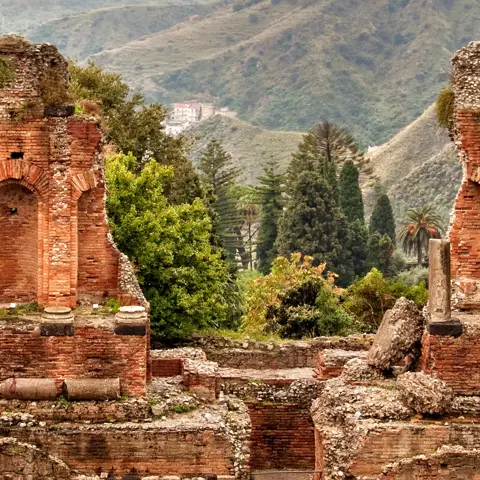What are the Canary Islands?
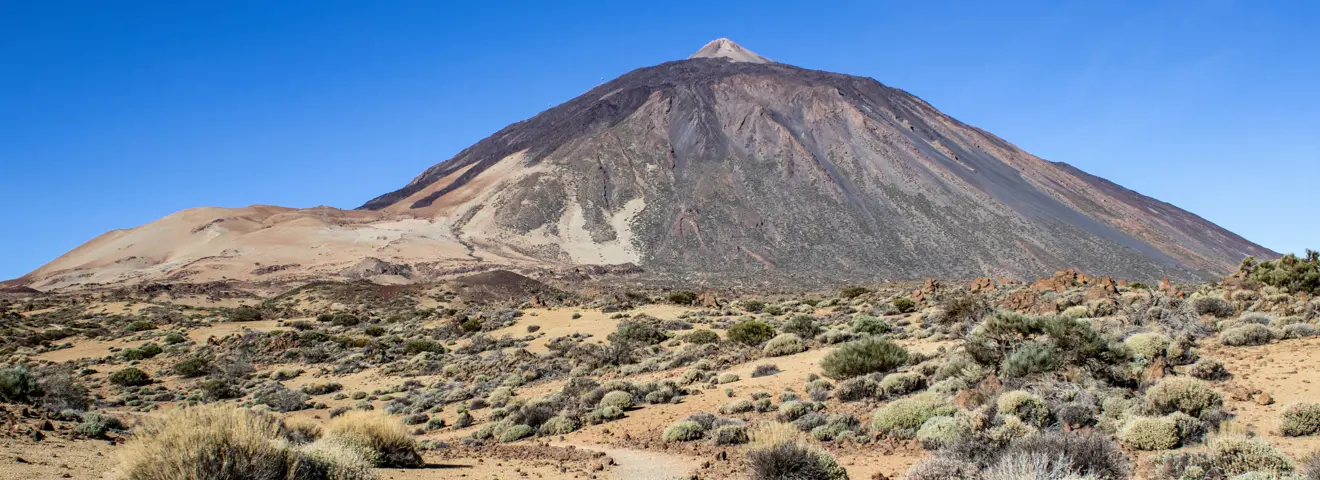
Located in the Atlantic Ocean, the Canary Islands are one of Spain's most accessible vacation destinations. This unique archipelago is made up of seven main islands and several smaller ones. From historic towns to spectacular coastlines, unspoilt nature and delicious seafood, the Canary Islands are a destination not to be missed. Although some parts of the islands are touristy, you'll also find quiet villages and beautiful natural landscapes. In this blog, you'll find out more about the seven main Canary Islands and what you can do there.
Lanzarote
An island full of contrasts, Lanzarote offers much more than just pretty seaside resorts. You'll find wild coastlines, whitewashed villages, rust-red volcanic cones and bustling markets. The island is not only a UNESCO geopark, but also abounds in art and gastronomy. In the rugged north, peaceful fishing villages such as Arrieta, Punta Mujeres and Órzola await you, as do the masterpieces of local artist César Manrique, notably his Casa-Museo in Haría. Inland, Teguise, the ancient capital, awaits you with its historic center filled with old mansions. For wine lovers, the volcanic wine region is a must, including a visit to the local bodegas. And for beach lovers, the north, with the surfing paradise Playa Famara, and the south, with the beautiful beaches of Punta del Papagayo, are highly recommended.

Fuerteventura
Fuerteventura, known for its salty sea breezes, impressive surf spots and golden shores, is the ultimate destination for beach lovers in the Canary Islands. In the north, you can soak up the laid-back surfing atmosphere at El Cotillo, Corralejo and Lajares, or hike to the remote beach village of Majanicho. A day trip to the virtually uninhabited Isla de Lobos is highly recommended for snorkeling and paddleboarding. The Parque Natural de Corralejo, with its vast dunes, offers a beautiful retreat. A little further south is La Oliva, surrounded by volcanic mountains, where you can take beautiful photos or visit the Centro de Arte Canario. In the green hinterland, discover quiet villages such as Betancuria, the island's oldest village, and Pájara, with its 17th-century church. Further south, on the Jandía peninsula, dream beaches such as Playa de la Barca and Cofete, as well as the isolated lighthouse of Punta de Jandía, await you.
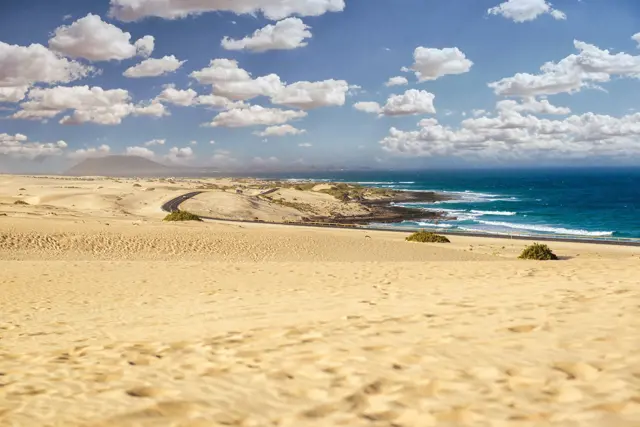
Gran Canaria
Gran Canaria is known for its seaside resorts in the south, but the island also boasts a magnificent landscape of wooded hills, deep valleys and historic sites. In the verdant north, you'll find the lively capital Las Palmas, with its historic Vegueta district brimming with must-see sites such as the 15th-century cathedral and the Casa-Museo de Colón. Nearby, you'll find Gáldar, where you can explore the pre-Hispanic Cueva Pintada, and Arucas, with its impressive neo-Gothic church. Inland, villages such as Teror and Artenara await you, and for hiking enthusiasts, Roque Nublo and Pico de las Nieves are must-sees. The villages of Sardina del Norte and Puerto de las Nieves, in the north-west of the island, are ideal for enjoying a quiet beach.

Tenerife
Tenerife, the most visited island in the Canaries, with its lively towns, magnificent beaches and secluded mountains, is dominated by the imposing Pico del Teide, a UNESCO World Heritage Site featuring impressive lava landscapes. The north of Tenerife offers a tranquil alternative to the bustling south, with charming villages and impressive architecture. The capital, Santa Cruz de Tenerife, is an ideal starting point. La Laguna, inland, is one of the island's prettiest towns, known for its historic Canarian mansions. Garachico, with its natural pools, offers a relaxing stop-off along the north coast.
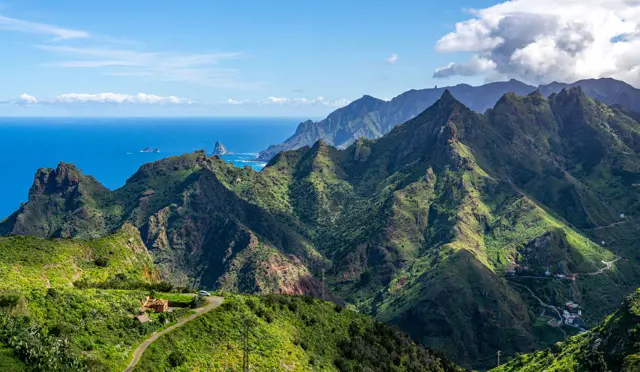
El Hierro
El Hierro, the Canaries' westernmost island, is a destination for adventurers, with spectacular hiking trails, panoramic views and mysterious forests. Explore the rugged coastline of El Golfo, where the villages of Tigaday and La Frontera converge, and where you'll find local markets and traditional restaurants. At the western tip of the island, the impressive Orchilla lighthouse and the twisted juniper trees growing against the wind await you. For divers, the calm waters of La Restinga are a must, as are the natural pools of El Golfo and Cala de Tacorón.
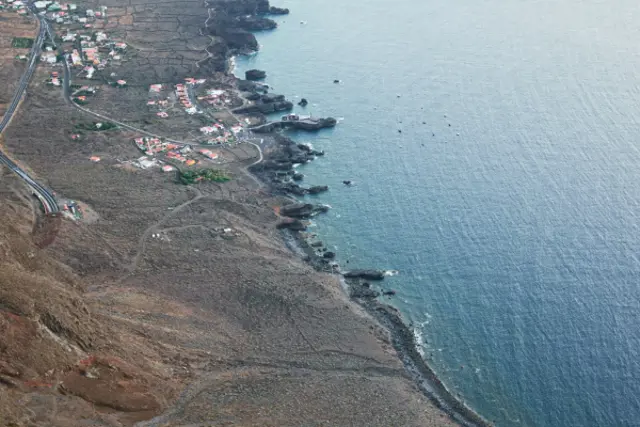
La Palma
La Palma, also known as "La Isla Bonita", is a place where you can relax in unspoilt nature. The island features volcanic desert landscapes to the south and lush pine forests to the north. Santa Cruz de la Palma, the charming capital, offers an atmospheric setting with its 16th-century architecture and balconies. The Parque Nacional de la Caldera de Taburiente is a must-see, with its magnificent hiking trails around the impressive caldera and Roque de los Muchachos. For a special experience, explore the Fuencaliente vineyards in the south, visit the salt flats and relax at the coastal lighthouse.
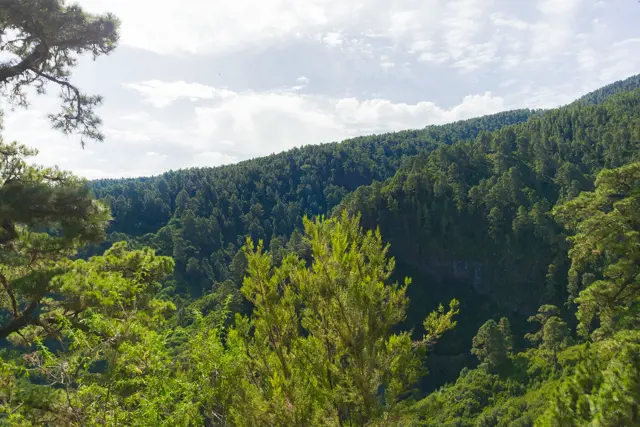
La Gomera
La Gomera is a hiker's paradise, with exceptional mountain trails, but the island has much more to offer. Steep coasts give way to palm-filled valleys, ancient subtropical forests and impressive volcanic rock formations. Explore the colorful capital, San Sebastián, with its shady squares and a 15th-century church where Christopher Columbus is said to have prayed before his voyage to America. La Gomera's highlight is the Parque Nacional de Garajonay, with its misty laurel forests protected by UNESCO and magnificent hiking trails. Visit villages such as Agulo and Vallehermoso, or discover traditional ceramics in peaceful El Cercado.
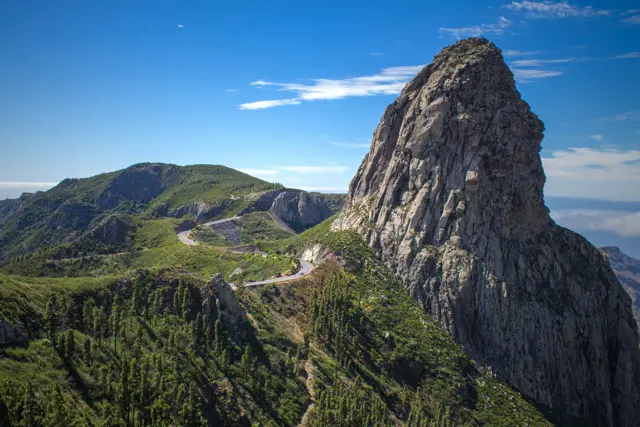
To find out more about what we have to offer in the Canary Islands, take a look at our hotels and sample trips here.
This is also interesting for you
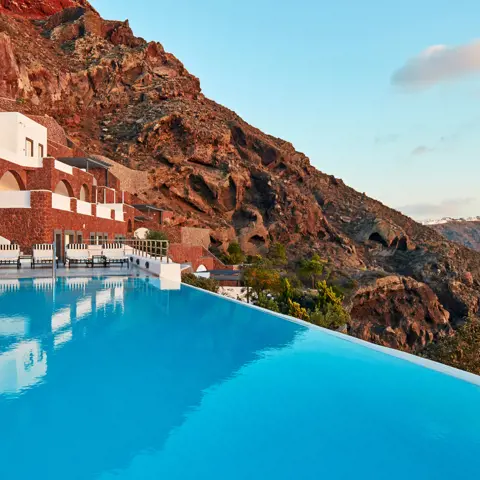
Europe's best romantic hotels
Are you looking for the perfect place to spend a romantic holiday with your partner? Or are you planning an unforgettable honeymoon? You'll find countless romantic destinations in Europe, from char...